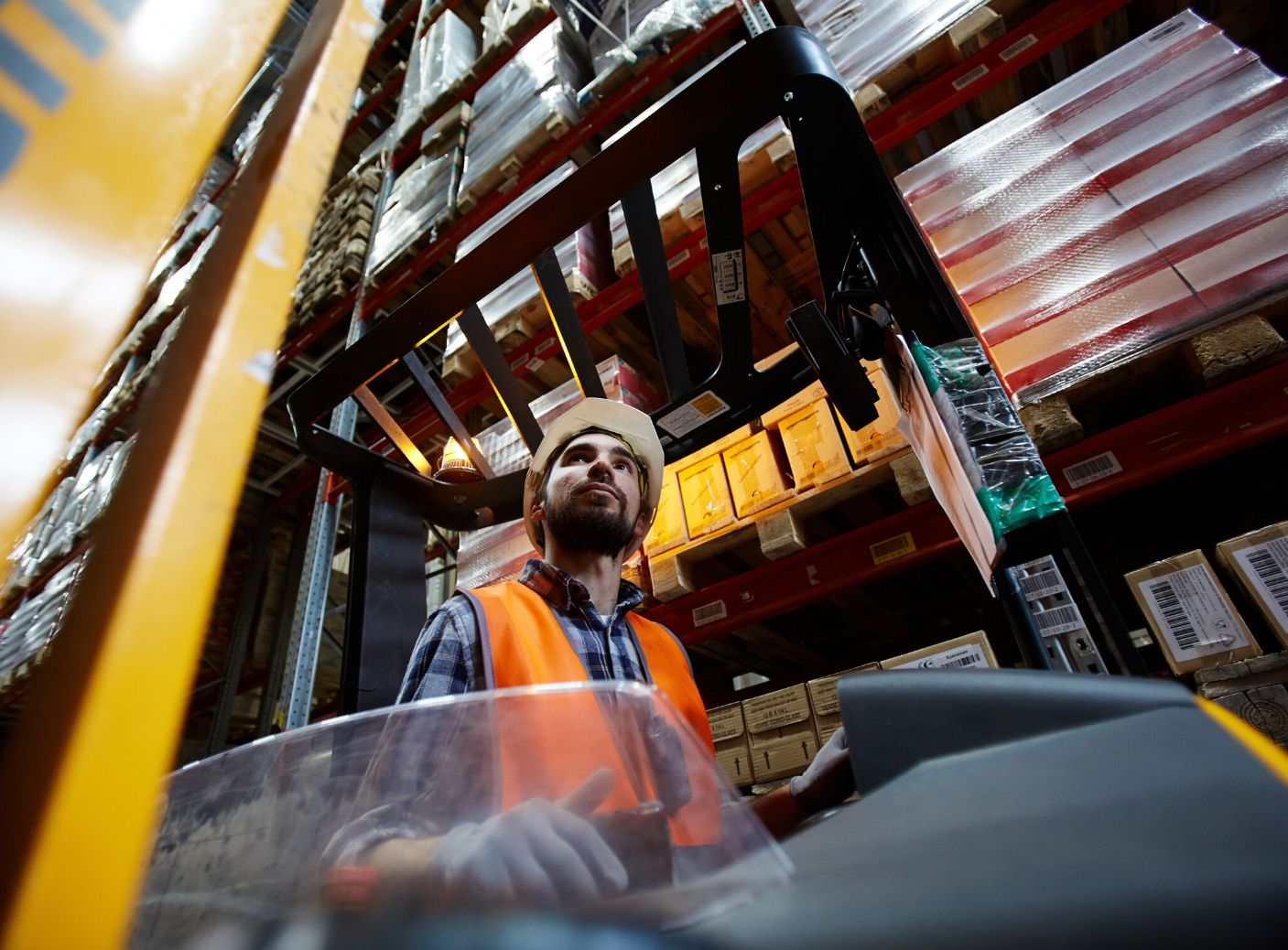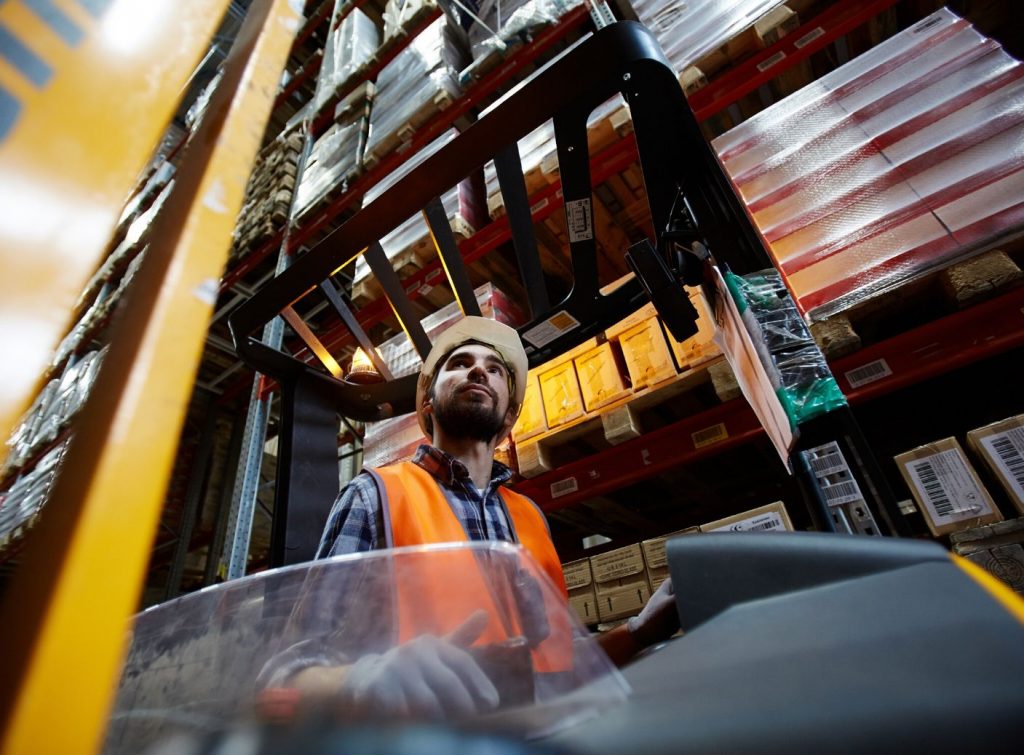No products in the cart.
Forklift Training
Manual vs. Automatic Forklifts

Forklifts are a very common tool in many warehouses across the United States. They are enormously important to the day-to-day functions in most warehouses, and because of this, they require a lot of training before someone can become certified.
One of the first steps anyone working in or around forklifts should take is to become familiar with the pros and cons of using manual vs. automatic forklifts. To be clear, when we mention manual forklifts in this guide, we’re not talking about pallet jacks. We are referring to a Powered Industrial Truck (PIT). We will be covering standard forklifts, whether Internal Combustion (IC) or battery-operated, in comparison to forklifts that are Automatic Guided Vehicles, or AGV for short.
Manual (PITs)
When you have a human being at the helm of a forklift, there are a few benefits that you get that won’t come with an AGV. First off, standard forklifts are more affordable than AGVs in multiple ways. The upfront cost is less, and when it comes time for maintenance, this will cost you less as well. Additionally, manually operating a forklift gives the operator a chance to adjust their maneuvering when need be.
For instance, if the warehouse suddenly endures some sort of damage that causes hazards such as a spill, leak, or hole in the ground, a human being can spot it and adjust their course, but a computer won’t be so intuitive. Aside from being mindful of certain hazards, human beings can make adjustments to their performance to enhance productivity, as opposed to a computer which will follow a single pre-determined path the same way each and every time.
Automatic
One of the benefits of using an automatic forklift is that it can reduce labor costs in your facility. You don’t have to provide an AGV with a paycheck, which means you also don’t have to worry about it taking lunch breaks or working overtime. AGVs will work when you want for however long you want, aside from the occasional charging they’ll have to go through.
Another benefit is that, although they can’t spot hazards like spills on the ground, the pre-determined pathway that AGVs follow is optimized to avoid running into walls and other objects in the facility. If a forklift operator makes one bad move, they can drive into a wall, shelving unit, or even worse, nearby pedestrians. Thanks to the pre-determined path, as well as anti-collision technology, AGVs are capable of avoiding many common workplace accidents.
The manual vs. automatic forklifts debate is one that’s been taking place for a while. Each version of the forklift has its ups and downs; it all depends on what’s best for your daily operations. Choosing the right forklift is integral to a warehouse’s workflow. Furthermore, if you or your team need additional forklift training classes to improve your skills, First Quality Forklift Training has the right classes for you.

